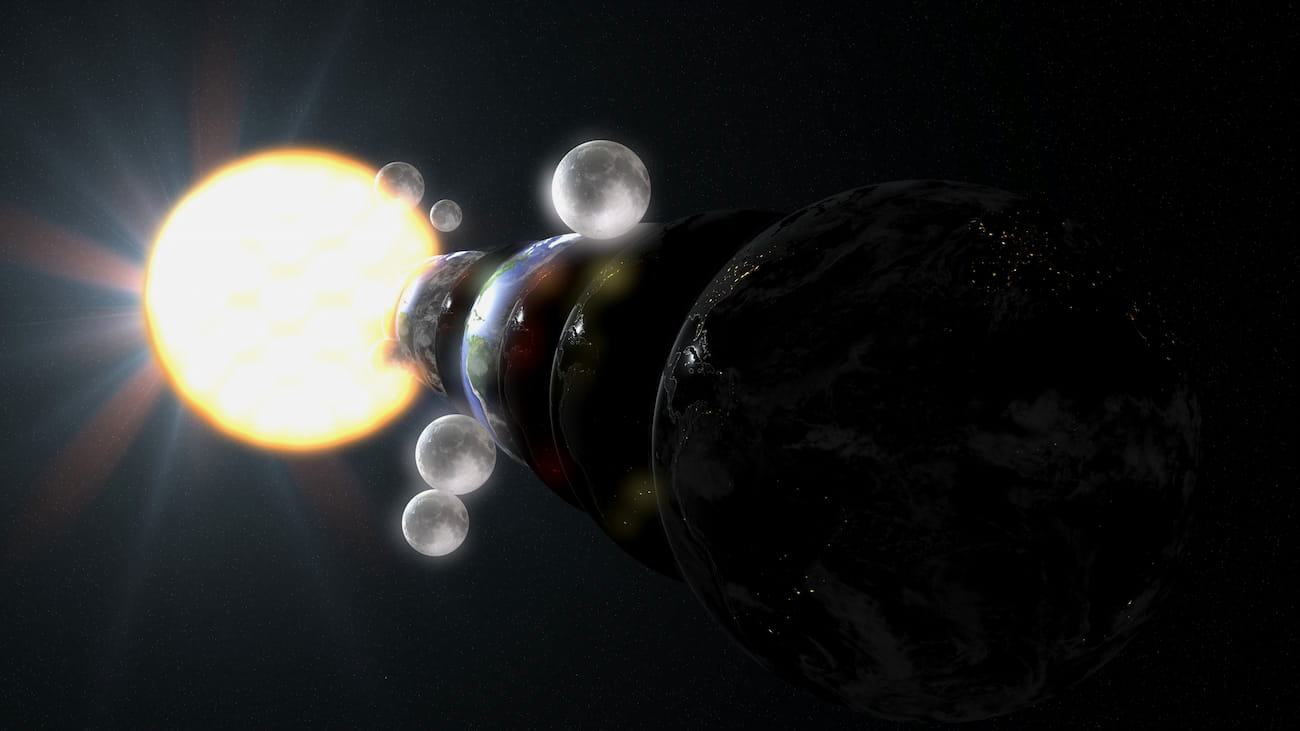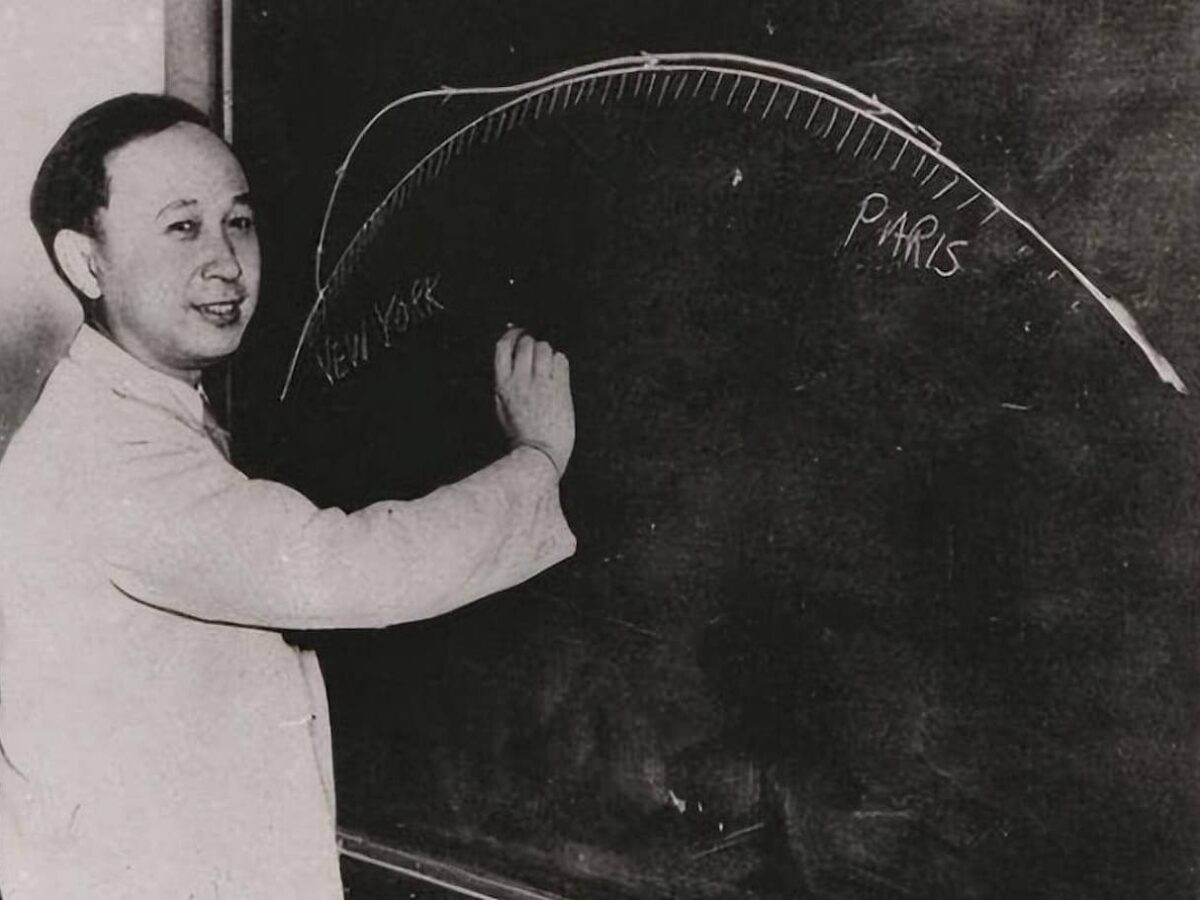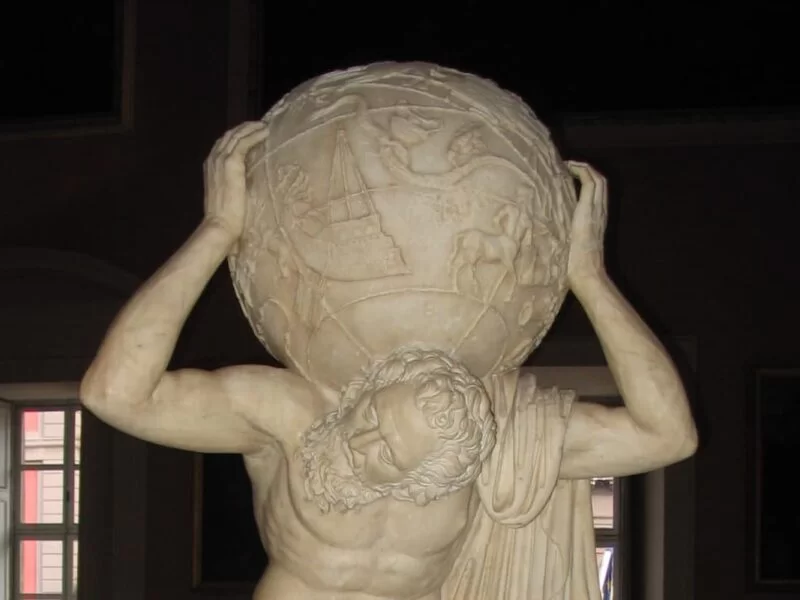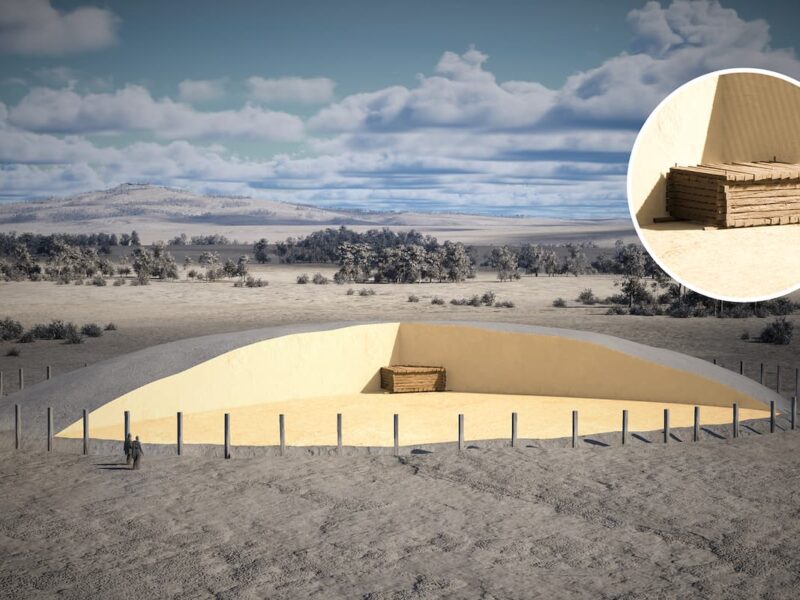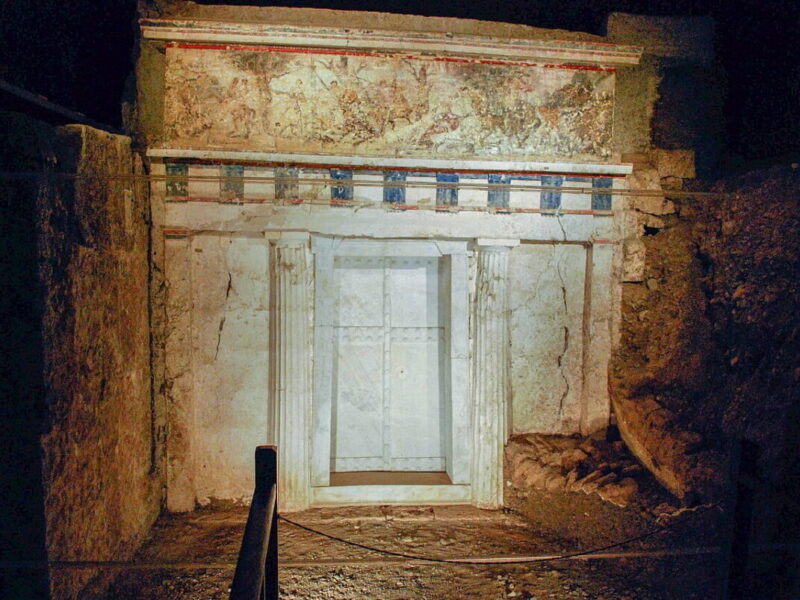A new study published by researchers from the University of Copenhagen and the Tokyo Institute of Technology proposes an alternative theory to the standard cosmological model to explain the acceleration of the universe without the need for dark energy.
Scientists agree that the Universe is expanding faster and faster, but they don’t all point to the same cause. According to this research, led by physicists J. Ambjørn and Y. Watabiki, the universe could be merging with other parallel “baby universes”, resulting in continuous accelerated expansion without the presence of a cosmological constant.
As they write in their article, the fact that the universe has expanded in a very short time suggests that this expansion was caused by a collision with a larger universe, meaning that it was actually our universe that was absorbed into another “parent” universe.
The researchers study two simplified models, one where universes can merge regardless of their size, and another where only infinitesimal universes are absorbed.
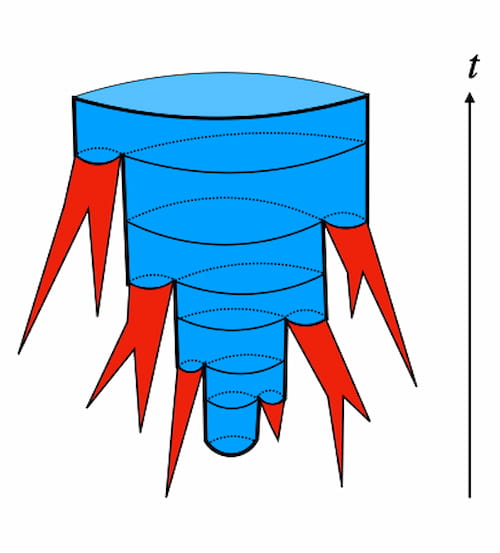
In both cases, continuous merging would act to increase the rate of expansion of our universe, making the presence of a cosmological constant unnecessary. The study calculates observables such as the Hubble parameter and cosmic distances, showing a reasonable fit with observational data.
While a continuous absorption of microscopic baby universes can likely be accommodated non-disruptively in our Universe, it is less clear what happens if the baby universe is not small, since we have not suggested a real mechanism for such absorption.
Perhaps the least disruptive situation would be one in which absorption occurs inside a black hole. The unknown mechanism of absorption might favor such a scenario when the sizes of baby universes are not infinitesimal. Remember that a Reissner-Nordström black hole actually connects different universes. We are not seriously suggesting such a black hole scenario, but we mention it to point out that there is room for many interesting considerations. Ultimately, any realistic model should specify how absorption occurs, they conclude.
This theory could provide a natural explanation for cosmic acceleration without the fine-tuning problems associated with the cosmological constant. While speculative, universe merging raises intriguing questions.
The challenge now will be to develop an underlying microscopic theoretical framework capable of determining parameters such as the coupling constant between universes from first principles.
Sources
J. Ambjørn, Y. Watabiki, Is the present acceleration of the Universe caused by merging with other universes? Journal of Cosmology and Astroparticle Physics, 12(2023)011, DOI 10.1088/1475-7516/2023/12/011
Discover more from LBV Magazine English Edition
Subscribe to get the latest posts sent to your email.

